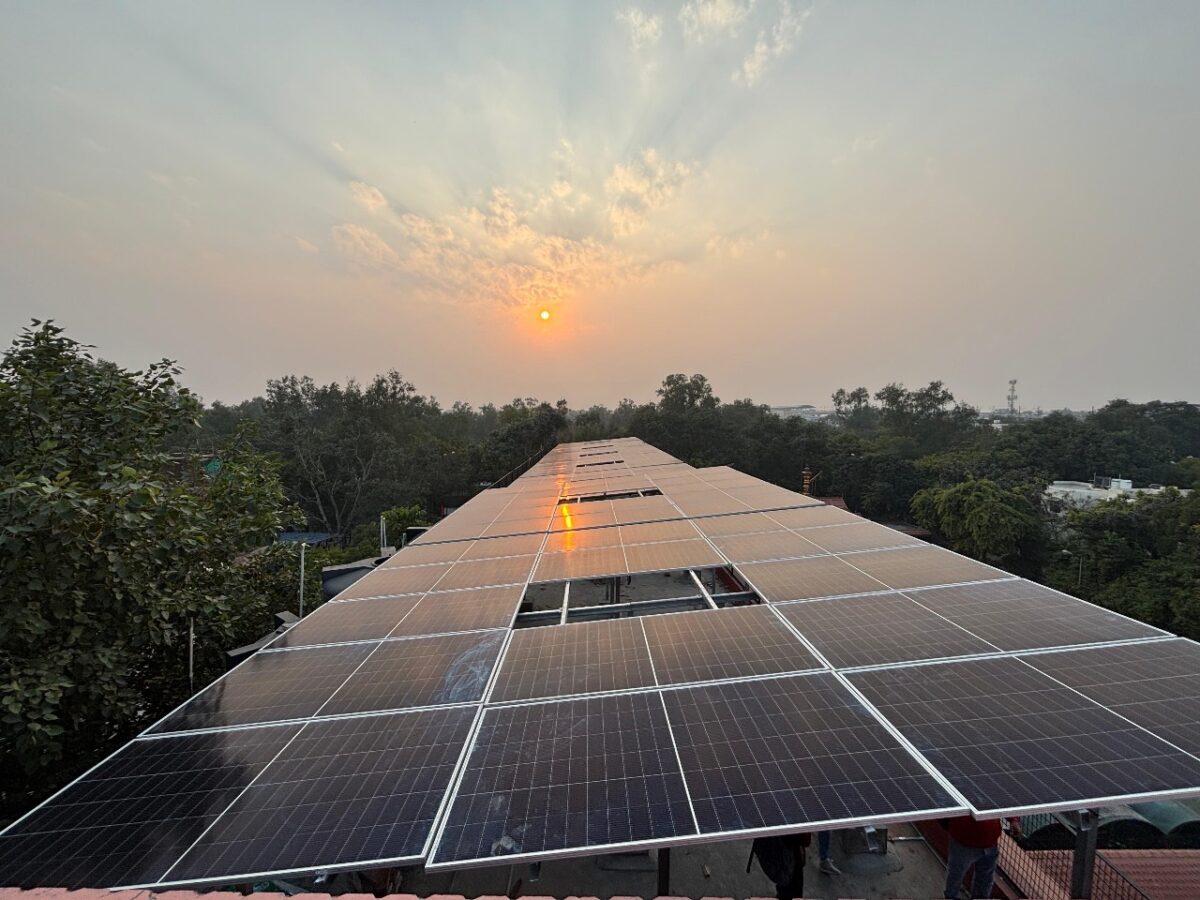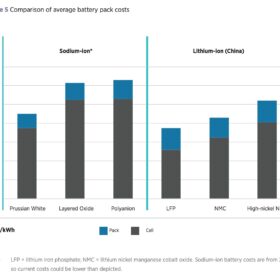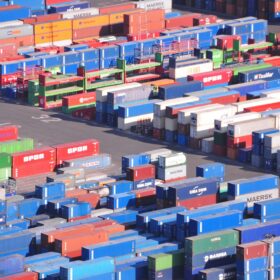India’s solar power revolution is no longer limited to big cities. Tier 2 cities such as Indore, Jaipur, Lucknow, and Coimbatore are now leading the charge, as the owners of more households are switching on solar to cut electricity bills and gain energy.
According to the Ministry of New and Renewable Energy (MNRE), more than 3.6 GW of solar roofing capacity has been established in residential areas, which contributes to the growing part in Tier 2 and 3 cities. With government schemes such as PM Surya Ghar Yojana, where a subsidy of up to INR 78,000 was offered, middle-class homes are being seen as an inexpensive long-term investment. From cost savings to cleaner living, small roofs at one time are making a major change towards solar panels.
Why Tier 2 city is ready for solar
Tier 2 cities are fully placed to lead India’s solar revolution for several reasons:
- Use of better roofs: Tier 2 cities usually have more open roofs than tight urban apartments. This makes it easier to install solar panels.
- Rising electricity bills: As more families in ACS, water pumps and equipment, electricity bills are increasing. Solar helps reduce monthly expenses and provides relief.
- Availability of high sunlight: Many tier 2 cities get enough sunlight throughout the year, making solar panels a reliable energy source.
- Government subsidy: Schemes like PM Surya Ghar Yojana provide up to 40% subsidy for roof solar, which reduces advance costs.
- Small footprints, smart systems: new compact systems and hybrid inverters are designed to work on small roofs, making it easier for owners of a limited-location house.
Affordability is no longer a barrier
One of the biggest myths about solar power is that it’s too expensive for the average household. Today, that is no longer true. A typical 2kW rooftop system—enough to power fans, lights, TV, fridge, and even a water pump—costs around Rs 1.2 to 1.5 lakh after subsidy.
Most installers also offer EMI options, bringing down the monthly cost to less than an electricity bill. Within 4-5 years, the system pays for itself, and after that, it’s almost free electricity for 20 years or more.
Eco-friendly and empowering
For many Tier 2 city residents, going solar is not just a financial decision—it’s also a lifestyle shift. Homeowners are becoming more conscious of their carbon footprint and want to reduce their dependence on coal-based electricity.
Solar power allows them to contribute to a cleaner environment while also gaining more control over their energy use. With the rise of net metering policies, homeowners can even send surplus power back to the grid and earn credits.
Smart tools for smarter choices
Another reason for the rise of solar in Tier 2 cities is digital accessibility. Today, homeowners can use solar calculators available on mobile apps to check how much they can save, how many panels they need, and what kind of system suits them.
Installers are also providing virtual surveys, quick installations, and maintenance support via apps. This has made solar more approachable and removed the confusion many homeowners used to face.
Challenges still exist, but solutions are emerging
While the shift is promising, challenges like low awareness, fear of high maintenance, and lack of standardised service providers remain. But the good news is that government campaigns, local startups, and even Resident Welfare Associations (RWAs) are playing a role in educating and encouraging adoption.
Local solar entrepreneurs are rising in Tier 2 cities, offering affordable packages and local service. More banks and NBFCs are also offering green loans, making solar even more accessible.
The road ahead: More power to small cities
India has set a target of installing 40 GW of rooftop solar capacity. While metros have a role to play, Tier 2 and 3 cities will be key drivers in achieving this goal. With millions of independent homes and plenty of sunlight, the potential is huge.
The movement has already begun. As word-of-mouth spreads, and neighbours see lower bills and no power cuts, more families are joining the solar journey.
Conclusion
Tier 2 cities are quietly powering a big shift in India’s energy landscape. What was once considered a technology for the rich or industrial use is now finding a place on the rooftops of everyday homes.
These small roofs are making a big impact—cutting costs, reducing pollution, and giving homeowners the power to control their energy future. With the right support, awareness, and tools, solar adoption in Bharat’s heartland is not just a trend—it’s a revolution in the making.
The views and opinions expressed in this article are the author’s own, and do not necessarily reflect those held by pv magazine.
This content is protected by copyright and may not be reused. If you want to cooperate with us and would like to reuse some of our content, please contact: editors@pv-magazine.com.








By submitting this form you agree to pv magazine using your data for the purposes of publishing your comment.
Your personal data will only be disclosed or otherwise transmitted to third parties for the purposes of spam filtering or if this is necessary for technical maintenance of the website. Any other transfer to third parties will not take place unless this is justified on the basis of applicable data protection regulations or if pv magazine is legally obliged to do so.
You may revoke this consent at any time with effect for the future, in which case your personal data will be deleted immediately. Otherwise, your data will be deleted if pv magazine has processed your request or the purpose of data storage is fulfilled.
Further information on data privacy can be found in our Data Protection Policy.